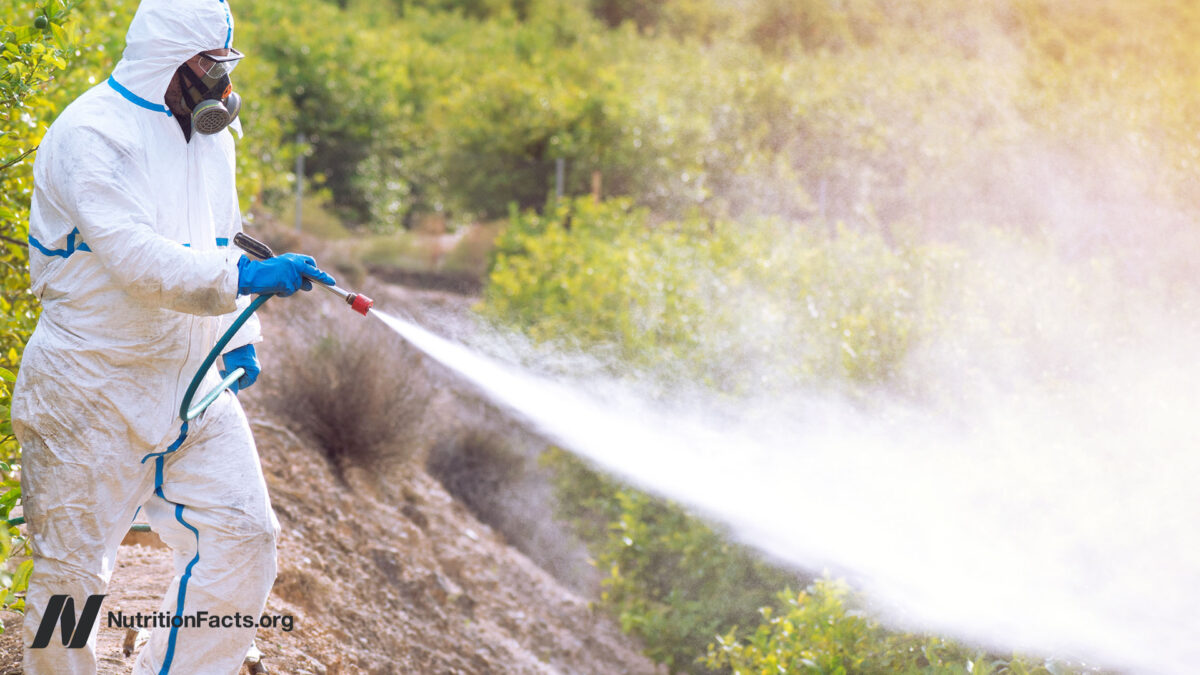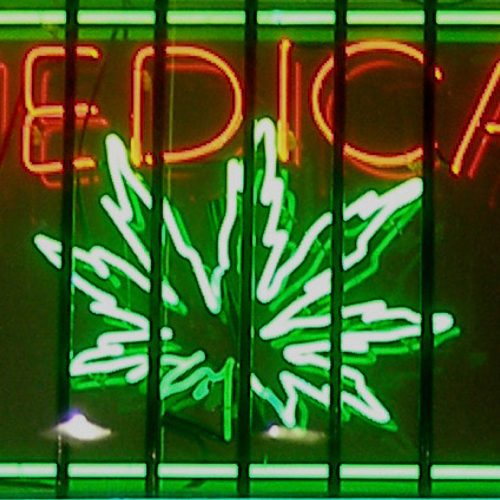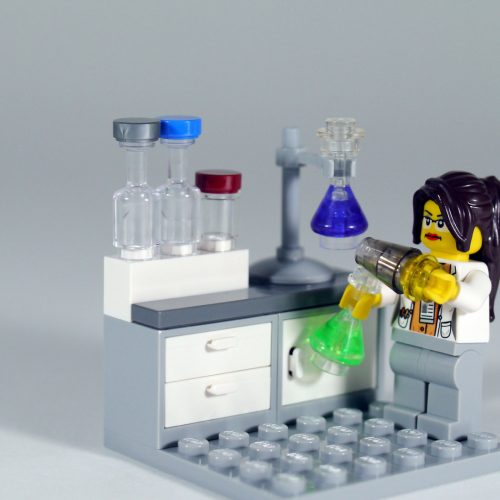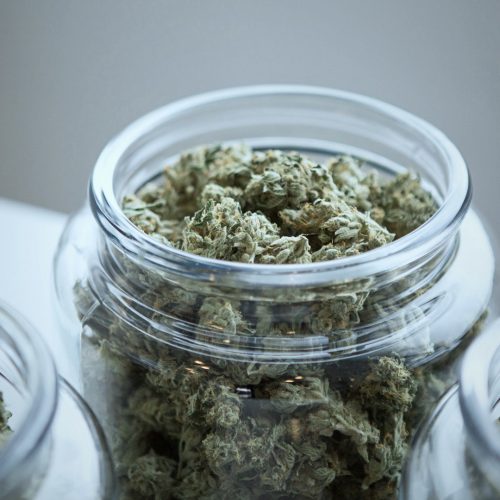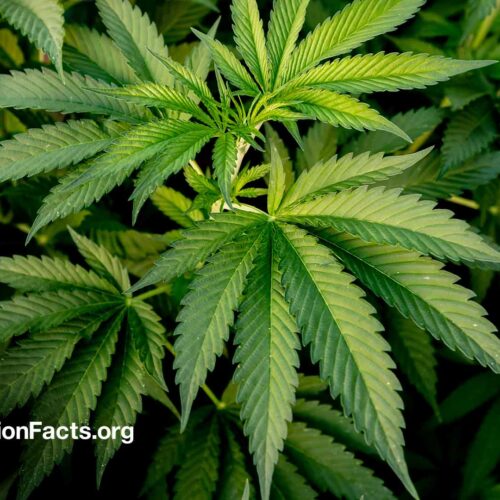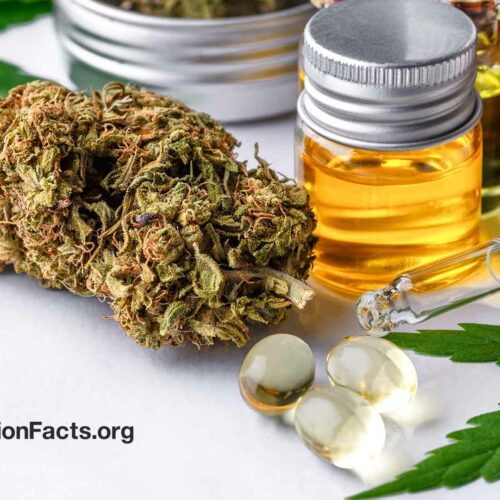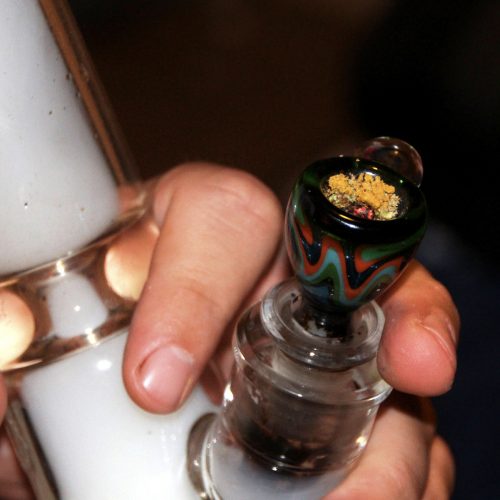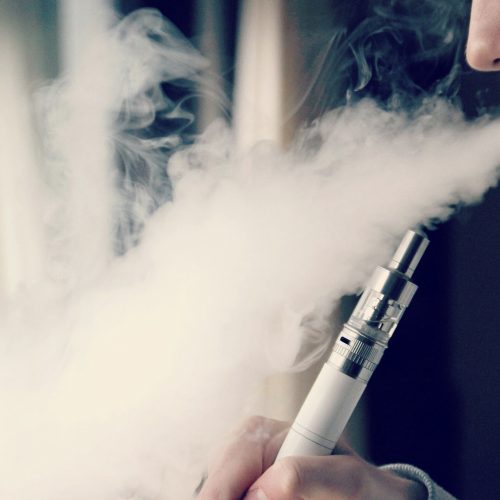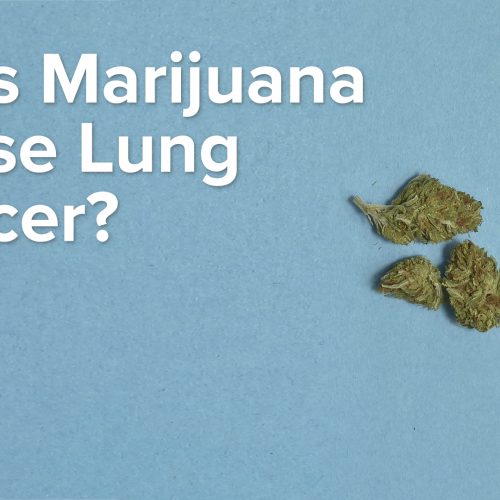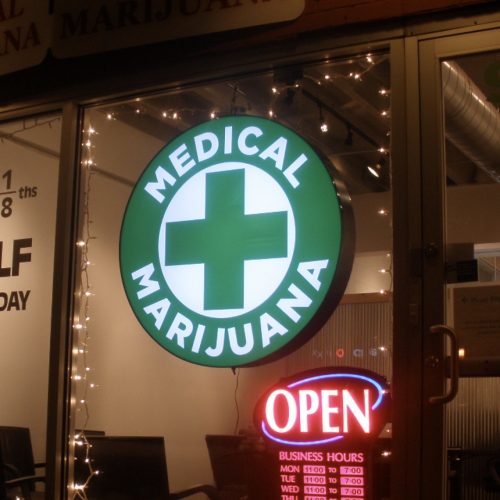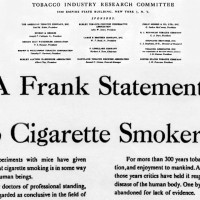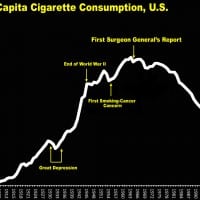The biggest barrier to reducing toxic pesticides in cannabis is, not surprisingly, the cannabis industry itself.
California was the first state to legalize medical marijuana. When labs started reporting they were finding high levels of pesticide residues, the Los Angeles city government “covertly acquired and then tested three medical cannabis samples available to patients through dispensaries and found that in two of the [three] samples exceedingly high levels of bifenthrin [a pesticide] were found,” up to a thousand times the legal limit.
But how much ends up inside the consumer? As I discuss in my video Pesticides in Marijuana, only about 10 percent of the pesticides in tobacco make it through a filtered cigarette, which was found to be comparable to using cannabis in a water pipe with filters attached. But, as you can see in the graph below and at 0:45 in my video, if you use a regular bong, about half of the pesticides end up in your lungs, and using a glass pipe is even worse. Because most users don’t attach a carbon filter with 7.5 grams of activated charcoal to their bongs, “in general the portion of pesticide recovery is alarmingly high and is a serious concern.” “Although it remains unknown precisely how damaging these chemicals are to humans, the fact they are present in smoke at such high levels should be concerning.” According to researchers, “Considering these results, high pesticide exposure through cannabis smoking is a significant possibility, which may lead to further health complications in cannabis consumers”—especially if we’re talking about medical marijuana use by sick, vulnerable people.
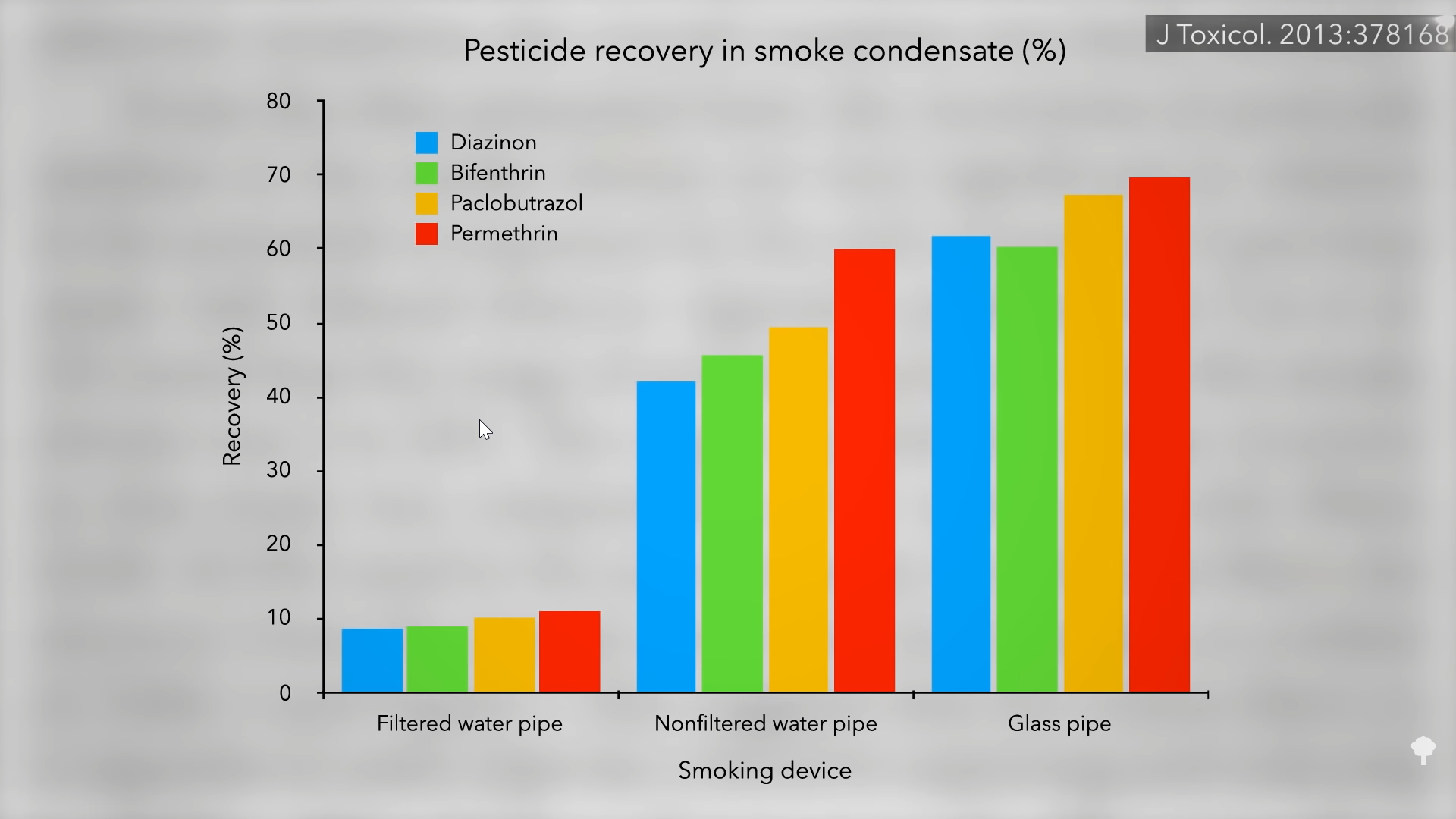
“The potential of pesticide and chemical residue exposures to cannabis users is substantial and may pose a significant toxicological threat in the absence of adequate regulatory frameworks.” Okay, so what are states doing about it? Colorado recently suffered some high profile recalls of marijuana batches contaminated with harmful pesticides that made it into some of the edibles. Evidently, “growers sometimes find themselves quite overwhelmed by pest issues…[and] resort to nuclear tactics,” trying anything to protect their crops. This has created “a public safety threat,” with “intensified toxicity in concentrated products of particular concern.” In fact, “pesticide levels were approximately 10x higher in concentrated cannabis products,” like the oils and waxes sometimes used in edibles or dabbed as concentrates, “than the flower heads.”
A study of pesticide use on cannabis crops in Oregon found a similar problem. A survey of samples off of store shelves in Washington state found five out of six to be contaminated, including with “potentially neurotoxic and carcinogenic agents.” Many samples “harbored multiple contaminants,” attaining levels that were basically off the chart, including 24 distinct pesticide agents, insecticides, and fungicides, and none of them is approved for use on cannabis. But it isn’t their fault. The EPA hasn’t approved any because cannabis is still a federally illegal crop. In fact, testing labs in California have “become hesitant to publicize their service or list agents for which they could assay [test], as they suspected that such information” might just be used as an instruction manual of sorts by “unscrupulous growers to seek out possibly more toxic agents.”
So just regulate it then. That’s been tried, but guess what the biggest barrier has been? Surprise, surprise, it has been the multibillion-dollar cannabis industry. “Like the tobacco industry before it, the cannabis industry is attempting to weaken pesticide regulations pertaining to cannabis. Reportedly, the Colorado Department of Agriculture: ‘…initially hoped to limit permissible pesticides to the most nontoxic,’” but this proposal was quashed by industry pushback, just like the tobacco industry has been able to do.
Big Tobacco “has provided a detailed road map” for King Cannabis: “Deny addiction potential, downplay known adverse health effects, create as large a market as possible as quickly as possible, and protect that market through lobbying, campaign contributions, and other advocacy efforts.” Indeed, “bolstered by enormous profits,” the tobacco industry was able to get itself “exempted from every major piece of consumer protection legislation even after the deadly consequences of tobacco were established.” That should be a cautionary tale for us now, given that public health advocates have definitively fewer billions of dollars to work with.
Big Tobacco may not just be providing the roadmap, but waiting in the wings to own the road. “As a result of litigation against the tobacco industry, more than 80 million pages of internal company documents became available….These documents reveal that since at least 1970, despite fervent denials, major multinational tobacco companies,” including Philip Morris, have been scheming, willing, and prepared to enter the legalized marijuana market to become Big Blunt. “Because of the tobacco industry’s demonstrated ability and willingness to modify its products to increase addictiveness, obfuscate information, deceive the public, and use advertising to target vulnerable groups to increase demand, the industry also has the power to dramatically change (and expand) the use of marijuana.”
For more on the link between the tobacco and cannabis industries, check out Will Cannabis Turn Into Big Tobacco?.
